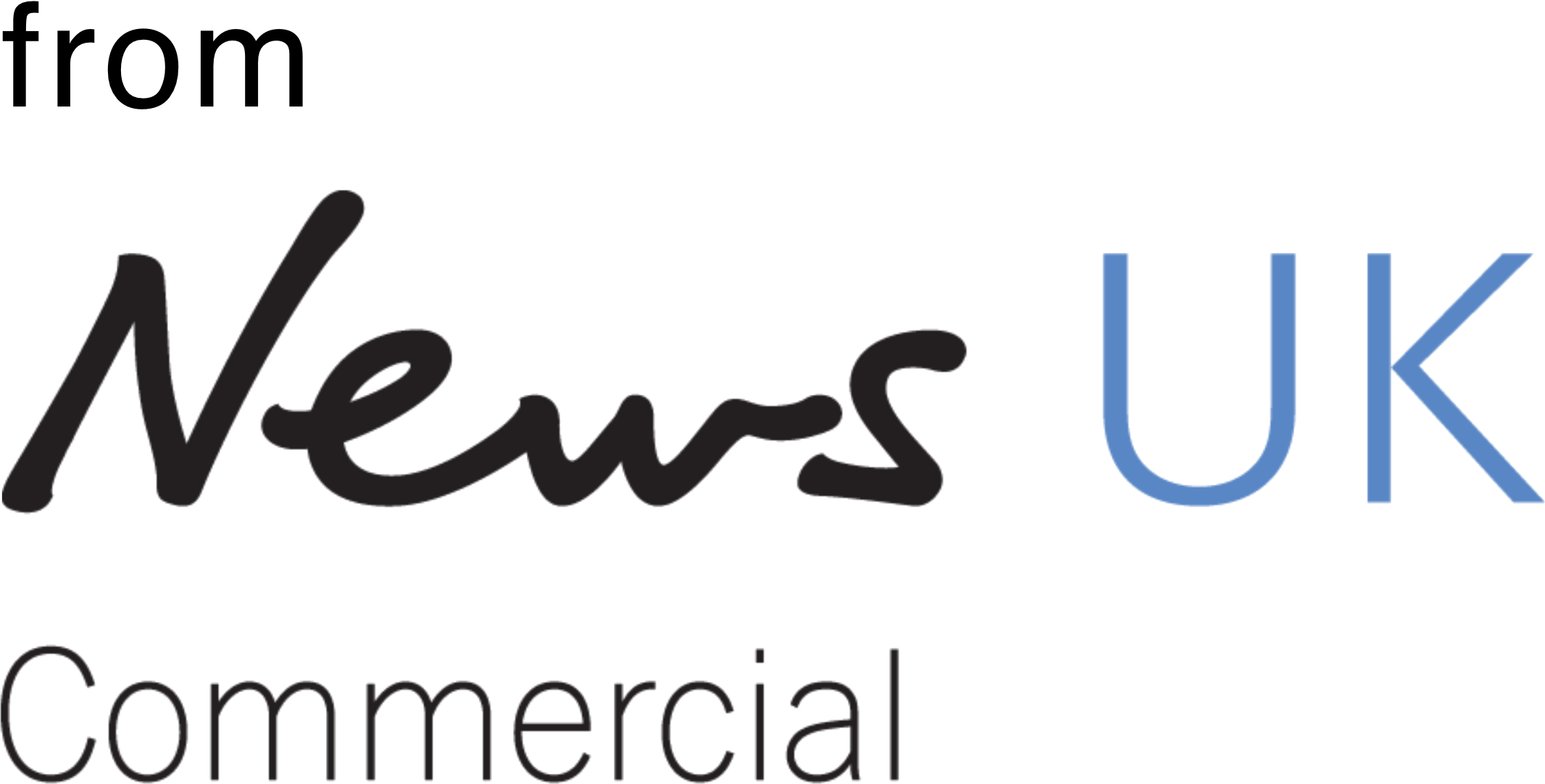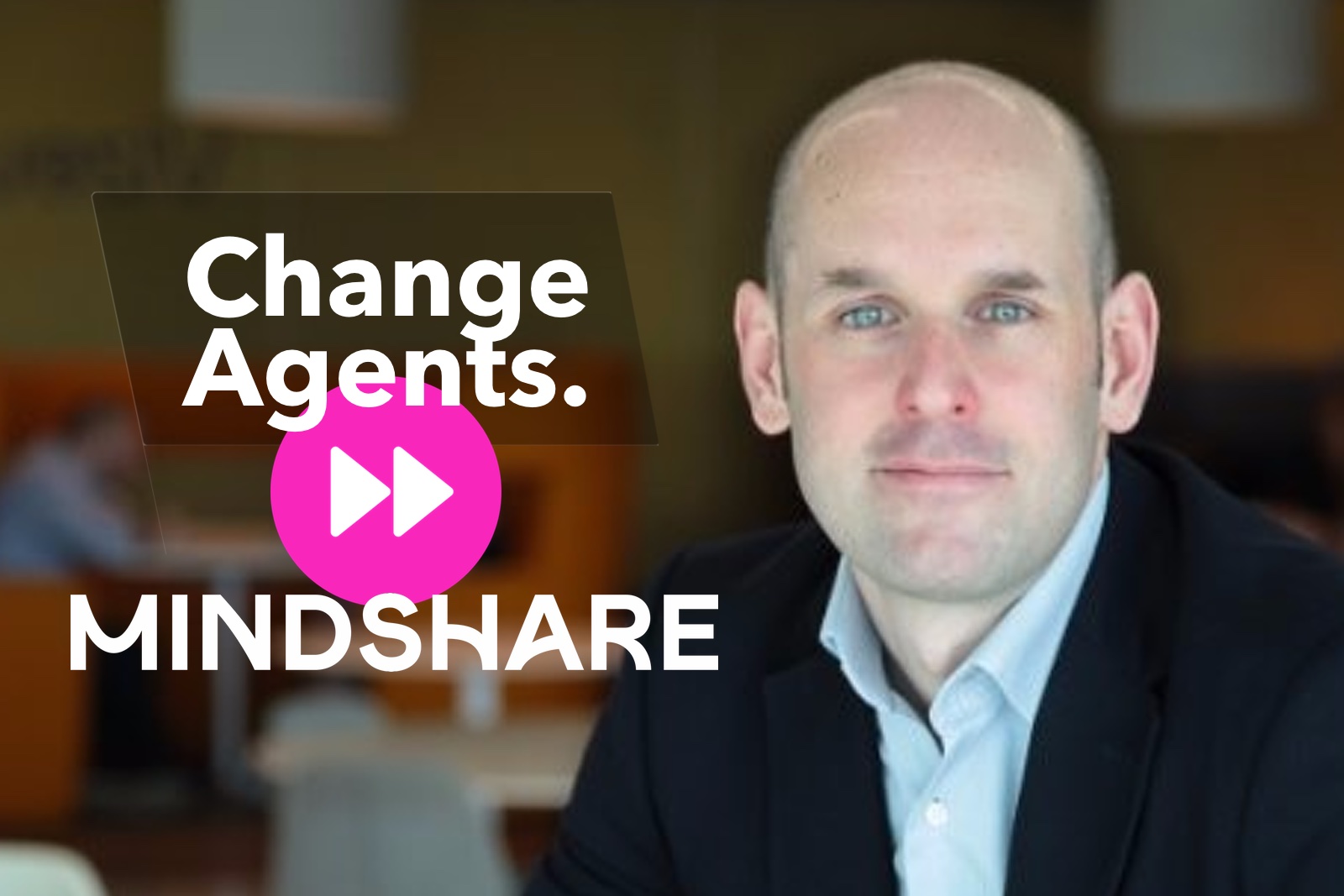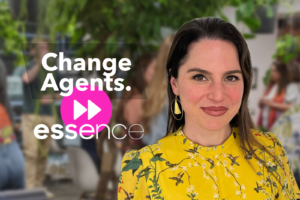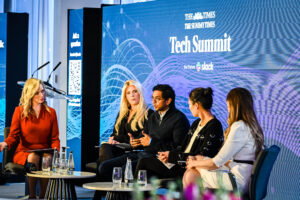What’s top of my mind
Premium entertainment services are being substantially subsidised by institutional money - which is fine, as long as there’s easy liquidity and plenty of investors. But we now have a sector confidence drop, dramatic interest rate rises, a tightening of liquidity and a cost of living crisis that’s driving a re-examination of discretionary entertainment spend.
I can see at least two possible happy outcomes.
Firstly, ad-funded models will be adopted more broadly across the subscription ecosystem. There will be commercial opportunities around brilliant content that, previously, was off-limits.
Second, a rationalisation in the number of subscription services, with consumers choosing to pay for “premium” with their money and free with their attention, could soften the predicted streaming-service death match, whilst maintaining consumer choice and advertiser opportunity.
Brands’ big opportunity
Keep concentrating on the “what” as opposed to the “how”.
In today’s hyper-competitive fast-paced markets, the speed, the data, the always-on, the multi-screen, the personalisation and the optimisation can become the story, can cloud thinking. But that’s all just the “how”.
For the “what”, I go back to the core tenets of marketing in Stephen King’s seminal 1971 essay “What Is A Brand?”:
- Differentiation through product, packaging and communication.
- Direct, rather than mediated, contact with the public.
- “Personality” conveying attributes in an emotionally compelling manner.
Smart marketers will maintain clarity of thought amid unprecedented noise, being clear what their brand stands for. Only then will they reach into the toolbox.
This is not to say “don’t innovate” or “don’t use the spectacular tools before us”. Rather, it is a belief that, to do so, one must make sure the tail isn’t wagging the dog.
What defines a quality media environment
Uniqueness:
Am I accessing information, content or opinion that is not only interesting but original and scarce? Interest and uniqueness are the reasons people will consistently invest their time or money in a media environment. They’re the key to brand differentiation in the densely populated media world.
Commercial viability:
Part of being a quality media environment is survival. With cold economic winds blowing, media owners must work out the commercial model – whether it be advertising, paywalls, donations or benefactors - and keep checking it is as future-proofed as possible.
Frictionless-ness:
People are increasingly able to navigate the vast array of media through a tapestry of traditional, social, word-of-mouth and other discovery networks.
A quality media environment must integrate with these behaviours in as frictionless a manner as possible, converting potential interest into actual consumption.
Streaming video services that allow resumption on an alternate device are one example of a fluid experience.
Transforming the agency
Mindshare is the agency of “Good Growth”. We believe in harnessing the power of media to help drive growth for our clients that is sustainable, both for them and the environment.
We’re working closely with our clients, both existing and potential, to create a roadmap that encompasses how we work and behave, the standards we ask of our media partners, the intentional manner in which we invest to increase the diversity of our messages and the goals we set together as an aligned community. It adds an inspiring third dimension to the way we think of ourselves as an agency and as media practitioners.
In five years, the goal will be the same but, of course, how we accomplish it will need to continuously flex to the shifting environmental and economic landscape, and constantly developing societal norms. It will be fascinating, challenging, rewarding and differentiating.










